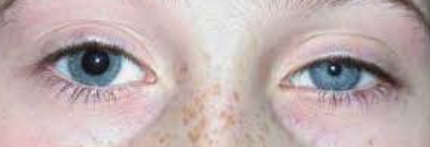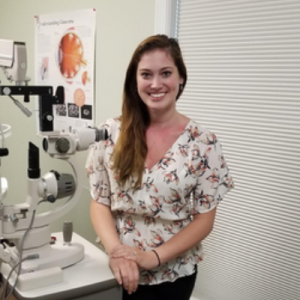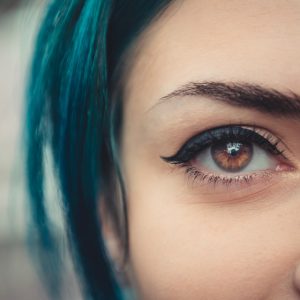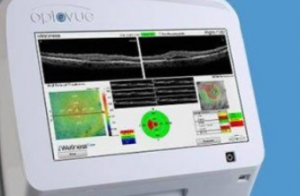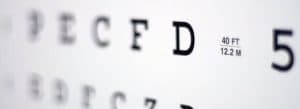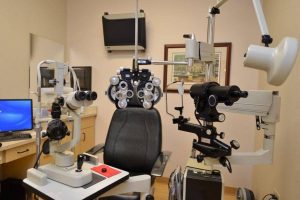Up to 20% of the population is affected by unequal pupil sizes, known as anisocoria.
Anisocoria is an eye condition where the pupils, the black circles in the center of the iris, are different sizes.
Ordinarily, the pupils of the eyes are equal in size, and react equally to light and any change of focus. The iris muscles regulate the pupil’s size, making it larger in dim light and smaller in bright light.
Anisocoria is a symptom of several medical conditions, some of them very serious.
What causes anisocoria?
Anisocoria can result from a variety of causes. Possible causes include:
- Aneurysm
- Bleeding on the brain
- Brain tumor
- Concussion
- Direct trauma to the eye
- Inflammation of the optic nerve
- Meningitis
- Seizures
What symptoms commonly accompany anisocoria?
Depending on the underlying cause of your anisocoria, you might develop other symptoms, such as:
- Blurred vision
- Double vision
- Fever
- Headache
- Loss of vision
- Nausea
- Stiff neck
If you notice a difference in size between your pupils, immediately contact an eye doctor near you.
SEE RELATED: The Importance of Pupil Exams
How to treat anisocoria
Treatment will depend on the underlying cause of your anisocoria. Your eye doctor will conduct a range of tests to determine the cause.
If an infection is the cause, your eye doctor might prescribe antibiotic or antiviral eye drops.
If you have an abnormal growth, such as a brain tumor, referral to an oncologist will occur and medical treatments including chemotherapy or surgery might be recommended.
In some cases, if no pathology is discovered or uneven pupil size is temporary or considered to be normal, then the condition may not require treatment.
Can anisocoria be prevented?
It’s possible to prevent anisocoria in some cases, especially if the pupil sizes are due to eye trauma.
To reduce your risk of developing uneven pupils:
- Promptly report any changes to your vision to your doctor
- Wear a helmet while playing contact sports, horseback riding or cycling
- Wear protective eyewear while using heavy machinery
- Wear your seatbelt while driving
If you notice differences in the sizes of your pupils, an eye doctor can help identify and treat the underlying cause of your condition.
LEARN MORE: Guide to Eye Exams
If you notice any difference in the pupil sizes or shapes, schedule an appointment with an eye doctor near you, so they can provide the correct diagnosis and help treat any underlying condition as soon as possible.

